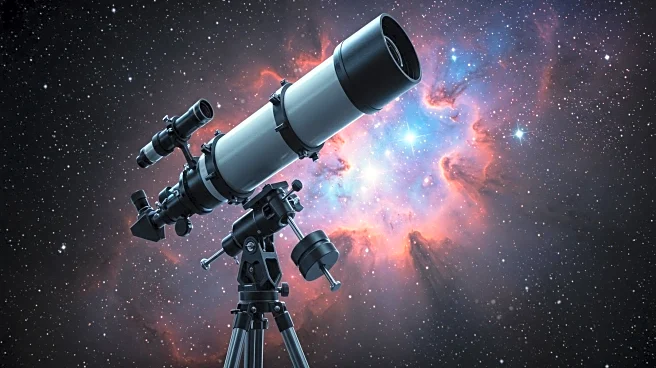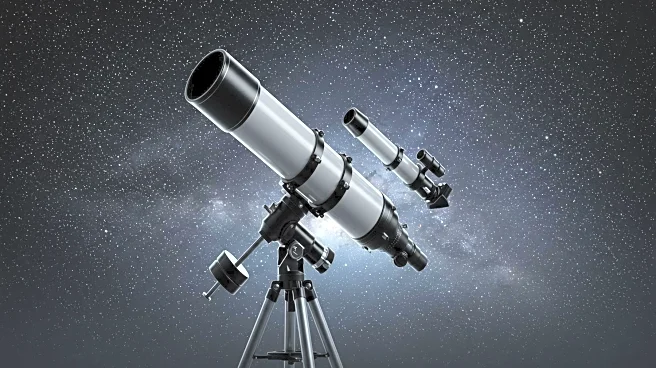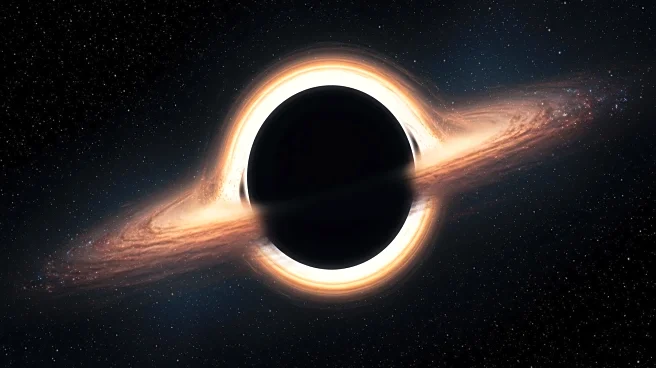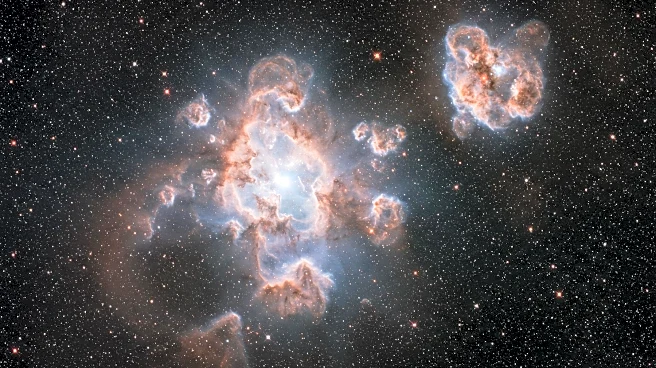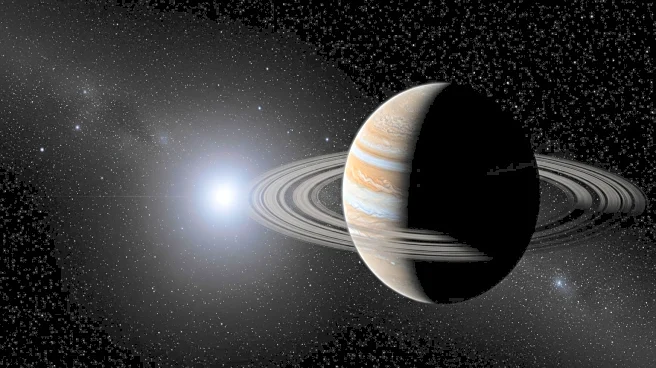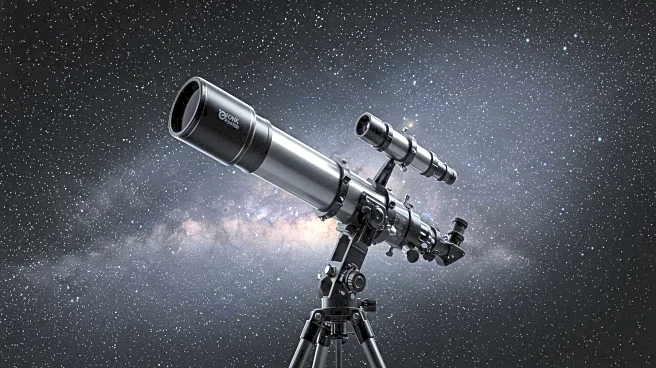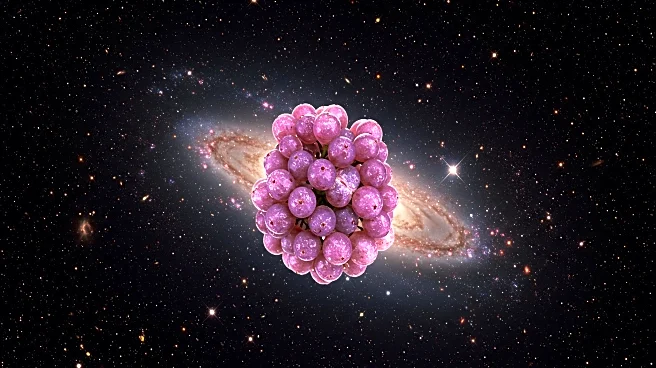What's Happening?
The James Webb Space Telescope (JWST) has made several groundbreaking discoveries that challenge established scientific theories about the universe. These findings include the rapid expansion of the universe, the early formation of massive galaxies, and the potential inaccuracies in dark matter models. The telescope's observations are prompting a reevaluation of theoretical physics and cosmology, with implications for space exploration and technology.
Why It's Important?
The discoveries made by JWST are significant as they challenge long-held assumptions about the universe's structure and dynamics. These findings could lead to new theories and models, reshaping our understanding of fundamental physics and cosmology. The implications extend to space technology and exploration, as new insights could drive innovation in these fields. The telescope's ability to observe distant celestial bodies with unprecedented clarity is paving the way for future research and exploration.
What's Next?
The scientific community is expected to engage in debates and discussions about the implications of JWST's findings, potentially leading to revisions in textbooks and theoretical models. Researchers will continue to analyze the data, seeking to understand the underlying mechanisms driving these unexpected observations. The discoveries may also inspire new research efforts and technological advancements, as scientists strive to uncover the mysteries of the universe.
Beyond the Headlines
The revelations from JWST highlight the dynamic nature of scientific research, where new technology can overturn established theories and open new avenues for exploration. The telescope's findings are not only reshaping our understanding of the universe but also inspiring innovation in space technology and deep tech. As researchers continue to explore the implications of these discoveries, the potential for new scientific breakthroughs and technological advancements remains high.
